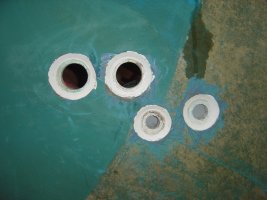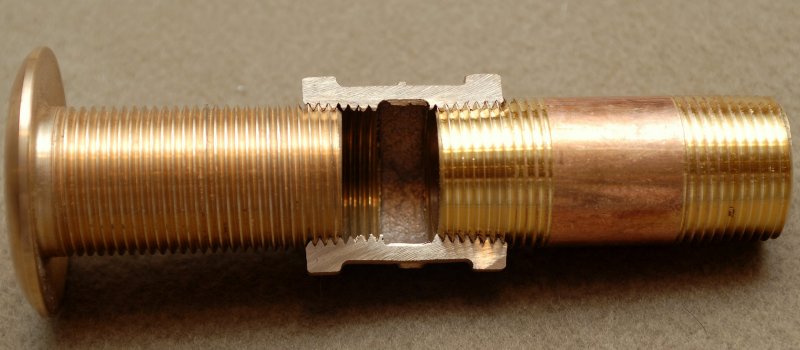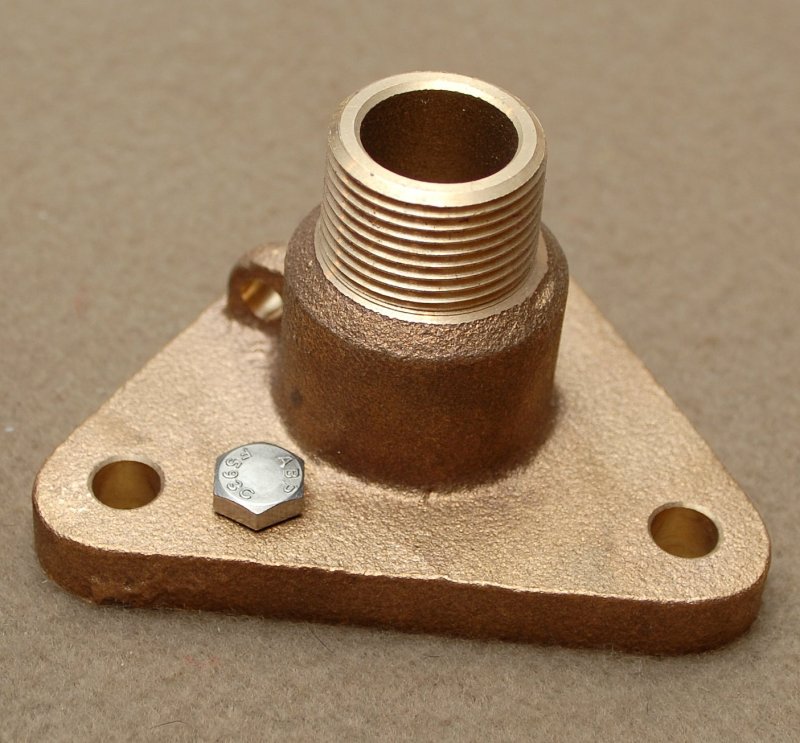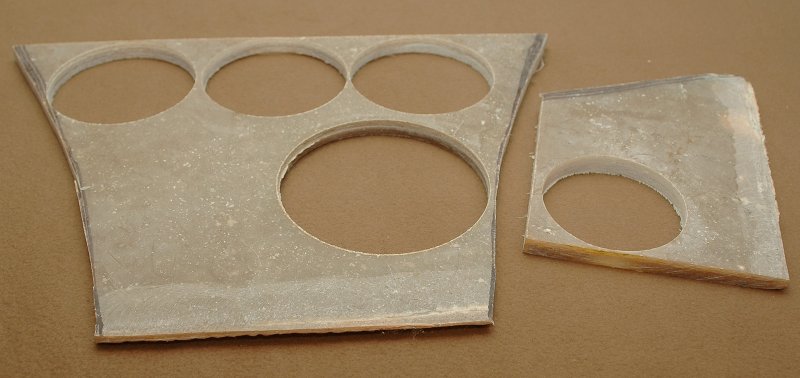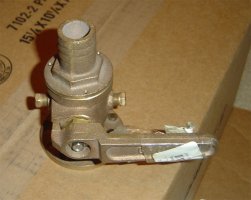DIY Vikings,
Somewhere on the board there is a thread that describes replacing these four aft thru-hulls on an E38. I couldn't find it tonight. The picture attached shows the seats of the flush thru-hull holes. The thread I was trying to find described rebuilding the seats with some kind of filler or something. These seats are cleaned up - the old sealer wasn't too hard to pry out. The seats are all slightly damaged.
Should I remove these seats and build up new ones or repair these? What is that nice white material?
The old thru-hulls were cut up using a die grinder with a cutting wheel. It went pretty quickly, but I may have lost some hearing. Once the nuts were cut off, it wasn't hard to get them out with a hammer.
Thanks,
Somewhere on the board there is a thread that describes replacing these four aft thru-hulls on an E38. I couldn't find it tonight. The picture attached shows the seats of the flush thru-hull holes. The thread I was trying to find described rebuilding the seats with some kind of filler or something. These seats are cleaned up - the old sealer wasn't too hard to pry out. The seats are all slightly damaged.
Should I remove these seats and build up new ones or repair these? What is that nice white material?
The old thru-hulls were cut up using a die grinder with a cutting wheel. It went pretty quickly, but I may have lost some hearing. Once the nuts were cut off, it wasn't hard to get them out with a hammer.
Thanks,


